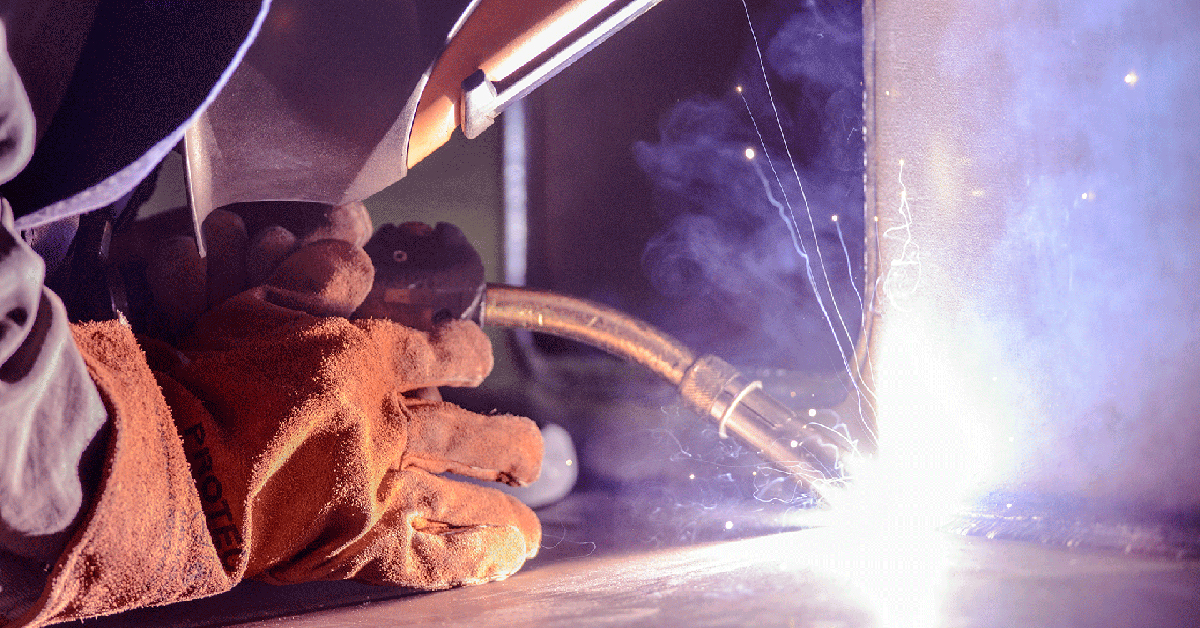Preventing Weld Undercut: Proven Techniques Every Welder Must Know
Preventing Weld Undercut: Proven Techniques Every Welder Must Know
Blog Article
Grasping the Art of Welding: Just How to Avoid Undercut Welding Issues for Flawless Construction Results
By understanding the origin causes of undercut welding and implementing effective techniques to stop it, welders can boost their craft to brand-new levels of excellence. In the pursuit of perfect construction results, understanding the art of welding to avoid undercut issues is not simply an ability yet a necessity for those making every effort for excellence in their work.
Understanding Undercut Welding

To protect against undercut welding, welders should ensure appropriate welding parameters, such as adjusting the present, voltage, traveling rate, and preserving the correct electrode angle. By understanding the causes of undercut welding and applying preventative steps, welders can accomplish top quality, structurally audio welds.
Sources Of Undercut in Welding
Understanding the factors that contribute to undercut in welding is essential for welders to generate top notch, structurally sound welds. When the weld metal does not properly fill up the groove formed between the base steel and the formerly deposited weld metal, damaging takes place. A number of variables can bring about undercut in welding. One usual reason is extreme warm input. Welding at high temperature levels for extended durations can result in the base metal melting more than desired, causing undercut. Inadequate welding current or inaccurate welding rate can additionally add to damage. Not enough current may not offer enough heat to melt the base and filler steels appropriately, while extreme speed can prevent appropriate combination, triggering undercut. Additionally, inappropriate electrode angles or wrong torch manipulation methods can create areas of low weld steel deposition, promoting undercut. Understanding these causes and executing correct welding methods can aid stop undercutting concerns, making certain long lasting and solid welds.
Strategies to Avoid Undercutting

To reduce the danger of damaging in welding, welders can employ tactical welding methods targeted at enhancing the top quality and integrity of the weld joints. One effective approach is to adjust the welding criteria, such as voltage, existing, and travel speed, to ensure appropriate heat input and deposition. Keeping a suitable electrode angle and guaranteeing constant traveling rate can likewise aid stop undercut. Additionally, making use of the appropriate welding technique for the details joint configuration, such as weave or stringer beads, can contribute to reducing undercutting. Preventing weld undercut.
Additionally, correct joint preparation, consisting of making sure clean base products without impurities and using the proper welding consumables, is critical in protecting against undercut defects. Employing back-step welding techniques and regulating the weld bead profile can also assist disperse warm equally and decrease the danger of undercut. Regular examination of the weld joint during and after welding, along with executing quality assurance steps, can assist in resolving and discovering damaging issues without delay. By applying these methods vigilantly, welders can attain flawless fabrication results with minimal undercut defects.
Importance of Correct Welding Specifications
Selecting and maintaining proper welding specifications is essential for achieving effective welds with minimal defects. Welding criteria refer to variables such as voltage, existing, travel rate, electrode angle, and shielding gas flow price that directly influence the welding procedure. These criteria must be thoroughly readjusted based upon the kind of material being welded, its density, and the welding technique utilized.
Proper welding specifications guarantee the ideal quantity of heat is related to melt the base metals and filler material evenly. If the parameters are set too expensive, it can cause too much heat input, triggering spatter, burn-through, or distortion. On the various other hand, if site here the parameters are too reduced, insufficient fusion, absence of penetration, or damaging might occur.
Top Quality Assurance in Welding Operations

Verdict
In verdict, understanding the art of welding calls for a complete understanding of undercut welding, its causes, and methods to avoid it. By making sure appropriate welding criteria and implementing quality control techniques, flawless fabrication outcomes can be accomplished. It is necessary for welders to regularly pursue excellence in their welding procedures to prevent undercut issues and generate high-grade welds.
Undercut welding, a typical flaw in welding processes, takes place when the weld steel doesn't effectively fill the groove and leaves a groove or depression along the bonded joint.To avoid undercut welding, welders should make sure proper welding specifications, such as changing the existing, voltage, travel rate, and preserving the correct electrode angle. Inadequate welding existing or inaccurate welding rate can also contribute to damage.To reduce the threat of undercutting in welding, welders can utilize strategic welding techniques intended at enhancing the high quality and honesty of the weld joints.In final thought, understanding the art of welding calls for a complete understanding of undercut welding, its causes, and methods to stop it.
Report this page